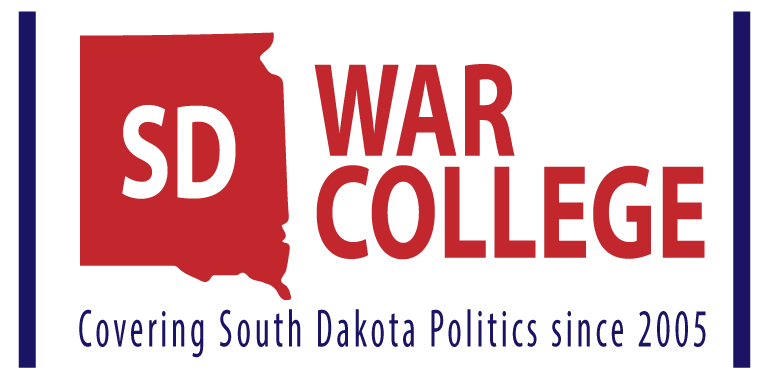US Senator Mike Rounds’ Weekly Column: Americans Deserve Better Than Obamacare

 Americans Deserve Better Than Obamacare
Americans Deserve Better Than Obamacare
By U.S. Sen. Mike Rounds (R-S.D.)
The Senate recently released the discussion draft of the plan to fix the failing health care system in our country, and Senate leadership is hoping to hold a vote before the 4th of July holiday. My staff and I have been reviewing the legislation to make sure the provisions included are good for South Dakotans. Like any legislation, we will carefully analyze it before taking a vote. I encourage South Dakotans to read it too, and to share their thoughts with me. The text of the bill, along with an email form, are available on my website at www.rounds.senate.gov. One thing we know with certainty is this proposal is already better than Obamacare, a system that has failed the American people and must be fixed before it’s too late.
The reason we need to fix Obamacare in short order is because insurance underwriters are planning for 2018; they need some certainty as to what the health care marketplace will look like so they can calculate risks and set rates. Right now under Obamacare, South Dakotans’ premiums are expected to increase nearly 40 percent next year on the individual market. Premiums have already increased 124 percent over the past four years for South Dakota families. We need to act quickly and responsibly to provide relief from Obamacare – it has become a moral obligation. When families are spending more on health care premiums than their home mortgage, that’s unsustainable.
I have been encouraged by the many discussions I have had with my Senate colleague over the past few months as we’ve worked together to share our priorities for health care reform. While we are still analyzing and we know there is still work to be done, it appears that this bill seeks to accomplish a number of goals that I’ve said all along must be included in any reform plan, including language to stabilize the insurance markets that have left millions of Americans with no coverage options.
The Senate health care bill also takes steps to reform and safeguard Medicaid by allowing states to have more flexibility in administering the program, makes no changes to coverage for preexisting conditions, and provides a stable transition as we move away from Obamacare to a new, more competitive market. Additionally, it removes the individual and employer mandates, so Americans aren’t forced to pay for expensive health insurance that they don’t like, want or need.
I was pleased that the discussion draft includes a number of provisions that I’ve said all along need to be included in any health care bill we put forward. It would allow children to stay on parents’ plans until age 26 and allows individuals with preexisting conditions to keep their coverage as long as they stay insured. It is important that any replacement plan approved by Congress allows for a transition period, where people can move to different plans without losing health care coverage. It maintains assurances for guaranteed portability, guaranteed renewability and it provides reassurance that individuals with serious illnesses will always have access to coverage.
Obamacare left Americans with fewer choices and higher costs. Around a third of counties in the United States have just one choice of insurer this year, and nearly 45 percent of counties could have one or no insurer to choose from in 2018. Americans deserve better than Obamacare, and Senate Republicans are dedicated to giving them a choice in their health care options once again.
Reforming the health care system in the United States is a huge undertaking but it needs to be done soon before Obamacare completely crumbles under its own weight. I am encouraged by the progress the Senate has made to improve our health care system, and look forward to continuing to work on it in the days to come.
###


 Peace and Security
Peace and Security
 Pulling Through Another Drought
Pulling Through Another Drought



 Thune Statement on USDA Decision to Release CRP Acres to Grazing in Hardest-Hit Counties in Wake of Severe Drought
Thune Statement on USDA Decision to Release CRP Acres to Grazing in Hardest-Hit Counties in Wake of Severe Drought